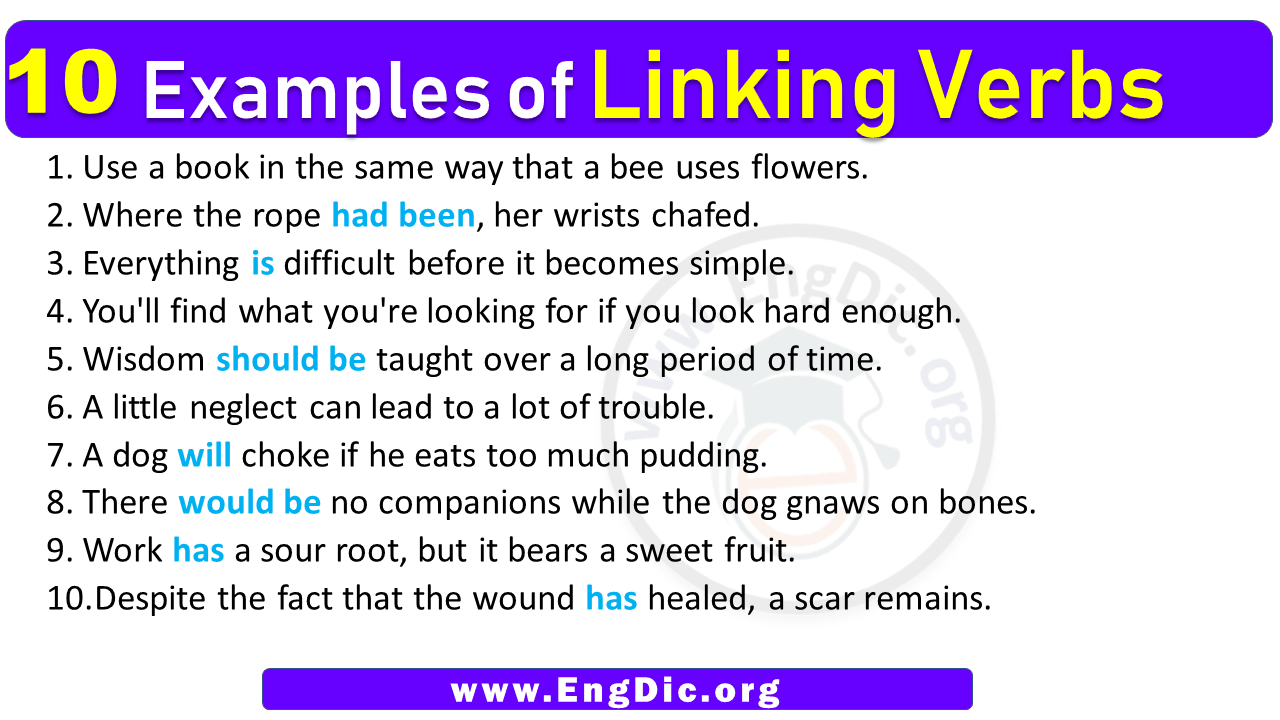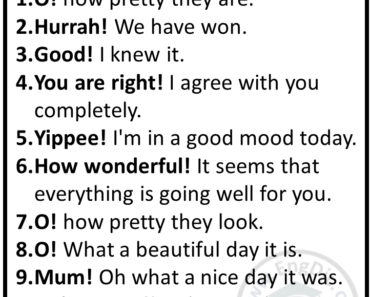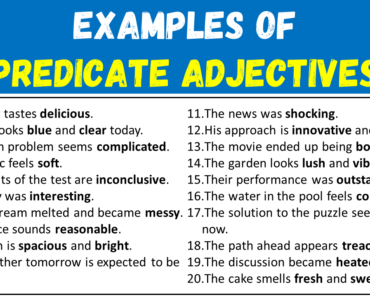10 Examples of Linking Verbs in Sentences! Verbs are the lifeblood of a sentence, and linking verbs are vital to expressing actions and ideas. Linking verbs are used to describe the relationship between the subject of a sentence and additional information. This article will provide 10 examples of linking verbs in sentences, each with an explanation of how they function within the sentence. Understanding how linking verbs work in sentences is essential for clear communication with any audience.
Related: 100 Examples of Linking Verbs
10 Examples of Linking Verbs in Sentences
1. She is tall.
In this sentence, “is” is a linking verb that connects the subject “she” to the adjective “tall.” The linking verb “is” is used to describe a state or condition of the subject, rather than an action.
2. The cake smells delicious.
In this sentence, “smells” is a linking verb that connects the subject “cake” to the adjective “delicious.” The linking verb “smells” is used to describe a sense or perception of the subject, rather than an action.
3. He looks tired.
In this sentence, “looks” is a linking verb that connects the subject “he” to the adjective “tired.” The linking verb “looks” is used to describe an appearance or condition of the subject, rather than an action.
4. The sky appears blue.
In this sentence, “appears” is a linking verb that connects the subject “sky” to the adjective “blue.” The linking verb “appears” is used to describe a state or condition of the subject, rather than an action.
5. The dog seems happy.
In this sentence, “seems” is a linking verb that connects the subject “dog” to the adjective “happy.” The linking verb “seems” is used to describe a perception or feeling of the subject, rather than an action.
6. The flowers smell sweet.
In this sentence, “smell” is a linking verb that connects the subject “flowers” to the adjective “sweet.” The linking verb “smell” is used to describe a sense or perception of the subject, rather than an action.
7. My mother appears worried.
In this sentence, “appears” is a linking verb that connects the subject “my mother” to the adjective “worried.” The linking verb “appears” is used to describe an appearance or condition of the subject, rather than an action.
8. The water feels cold.
In this sentence, “feels” is a linking verb that connects the subject “water” to the adjective “cold.” The linking verb “feels” is used to describe a sense or perception of the subject, rather than an action.
9. The music sounds beautiful.
In this sentence, “sounds” is a linking verb that connects the subject “music” to the adjective “beautiful.” The linking verb “sounds” is used to describe a perception or feeling of the subject, rather than an action.
10. The girl becomes nervous before a test.
In this sentence, “becomes” is a linking verb that connects the subject “girl” to the adjective “nervous.” The linking verb “becomes” is used to describe a change or transformation in the subject, rather than an action.







